Postcards from Stockholm
Highlights of my trip to Sweden’s capital for the opening of the season included a tour backstage at the magically authentic Drottningholm Palace Theatre
I’m back from a visit to Stockholm for a BBC Music Magazine Musical Destination piece focused on the opening of the Royal Stockholm Philharmonic Orchestra and the arrival of its new Chief Conductor, Ryan Bancroft. While there, I went full culture tourist and here are some of the highlights…
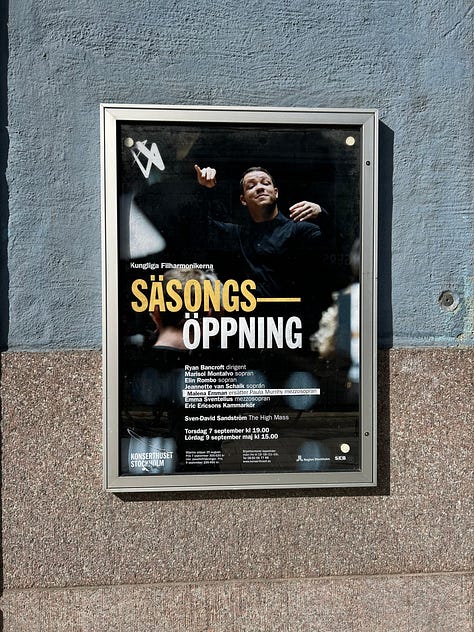
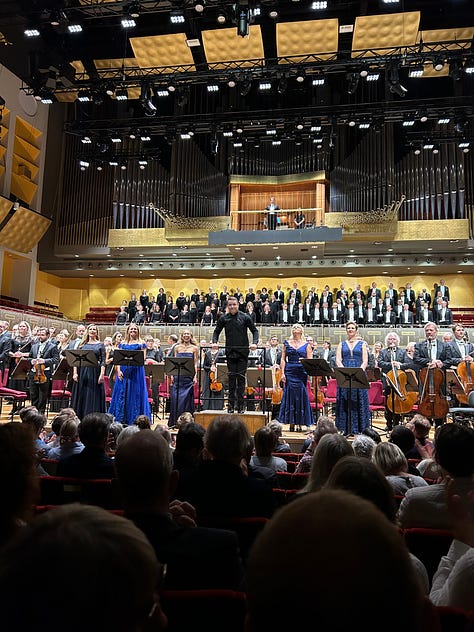
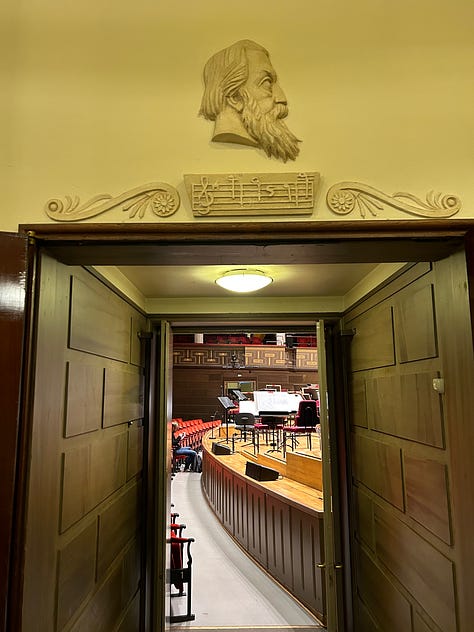
For the first concert of his tenure, Bancroft conducted Sven-David Sandström’s 1994 The High Mass, a visceral, intense work, modelled on the structure of Bach’s B minor Mass, but with a sound world evocative of tectonic plates moving ineluctably onwards while siren sopranos howl the existential narrative, supported by a huge choir. It’s a powerful piece and I’m not sure why it hasn’t had many performances. It’s supposedly regarded as too conservative by Sandström’s fans, but it’s hardly easy listening, and the performance touched on the transcendental, the audience maintaining a stunned silence at the end.
I whizzed round the Nationalmuseum, which has some nice pieces and an interesting exhibition on gardens in art. There were a gratifying number of paintings by female artists – hard for me to know whether the Swedish have always been more enlightened in this way, or whether it’s part of the general reframing of the history of art. Either way, ever on the look out for violins, I was happy to discover this beautiful painting of violinist Sigrid Lindberg by Hildegard Thorell.
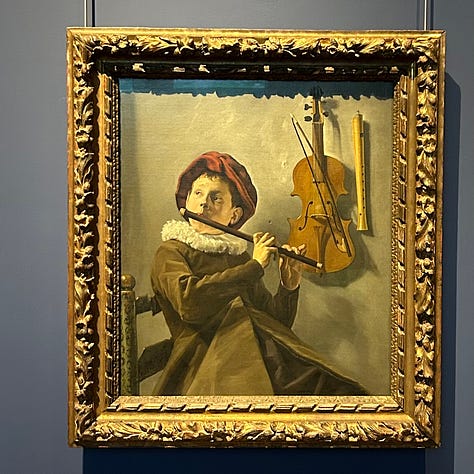
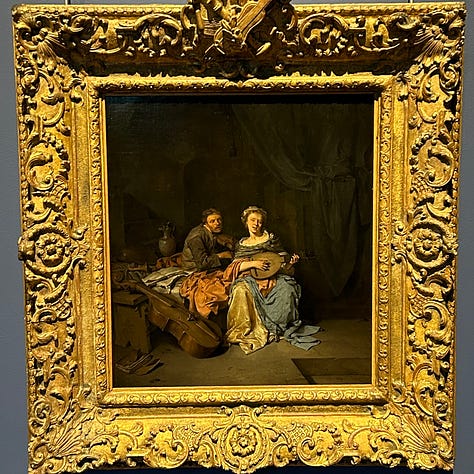
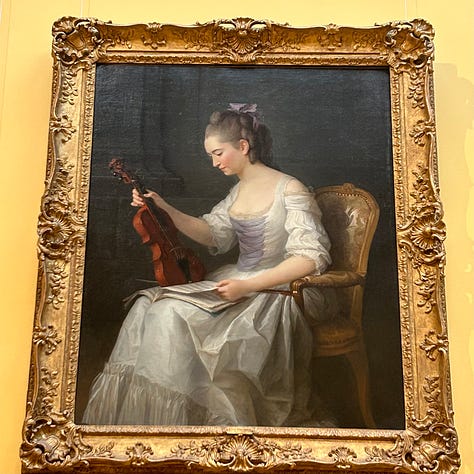
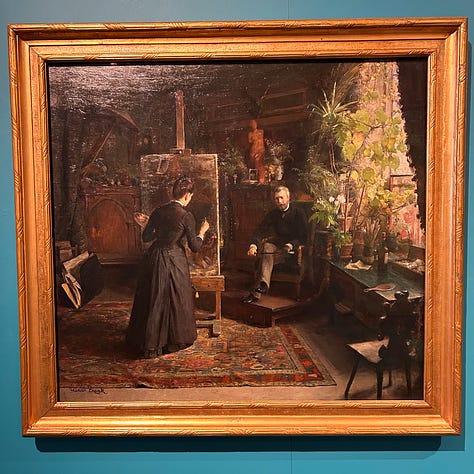
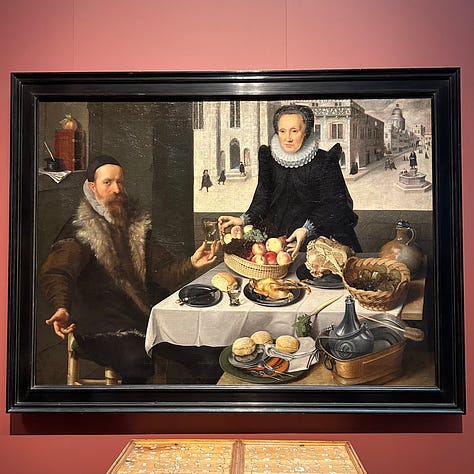
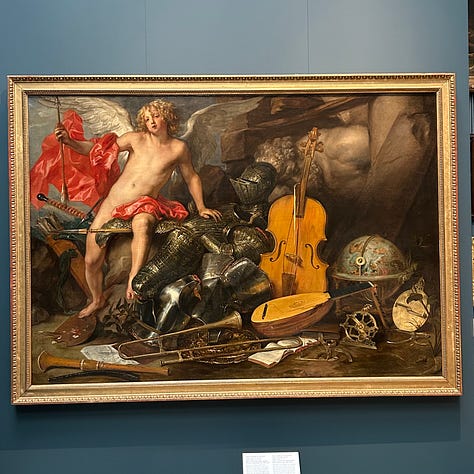
I also visited the Vasa Museum, home of the ship that sank on its maiden voyage in 1628, less than 1,500m from dock. It’s a story as full of hubris and vainglory as that of the Titanic – built by King of Sweden Gustav Adolph to invade Poland, it is packed with iconography glorifying him, even including statues of cowering Polish fighters. The craftsmanship is staggering, as is the sheer scale – and the thought of spending years at sea in such a confined space. There was some fascinating scientific analysis of the surfaces to extrapolate how the boat would have been painted, as well as an explanation of the effects of environmental factors on the materials – it seems that sewage dumped into the Stockholm docks actually helped preserve the wood for the 333 years it remained underwater, until it was lifted out in 1961 (maybe some hope for future archaeologists around the coast of England).
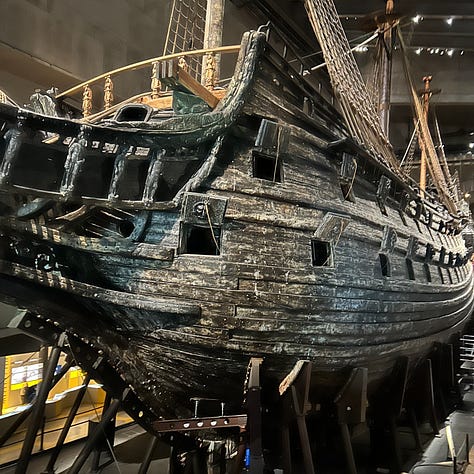
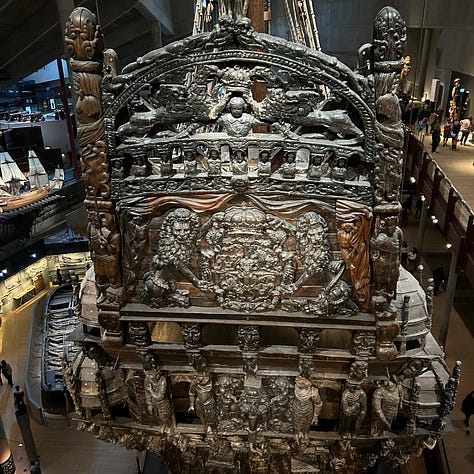
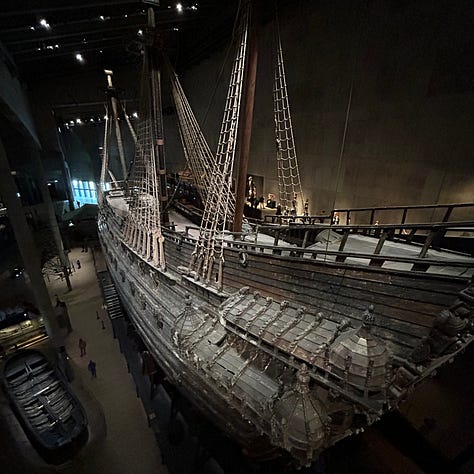
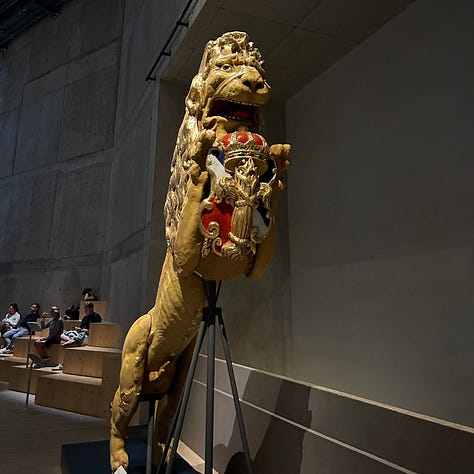
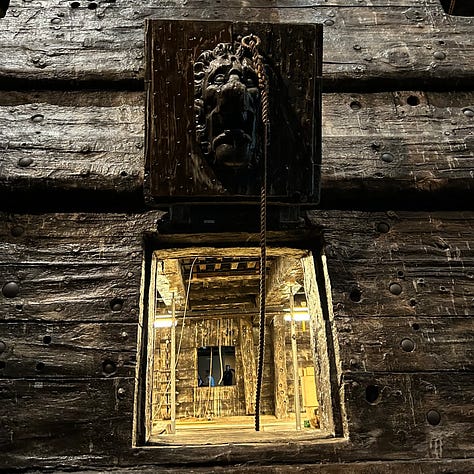
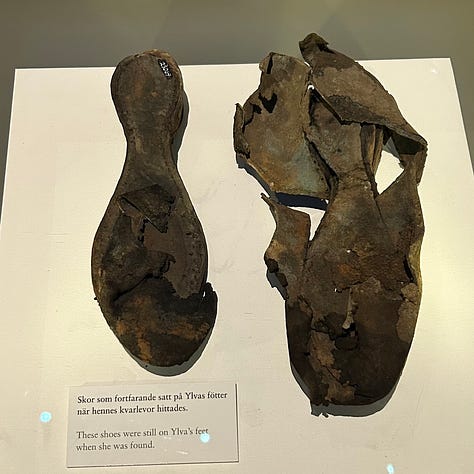
A special highlight of the trip (of any trip!) was my tour backstage at Drottningholm Palace Theatre. You may know it from Ingmar Bergman’s charming film of The Magic Flute, although I only discovered on the day of my visit from Wikipedia that this was actually shot on a replica set – for obvious reasons, I suppose. Built in 1766 for Queen Lovisa Ulrika in the grounds of the royal summer palace, and championed by the dramatics-loving King Gustav III, the theatre still has cutting-edge theatre technology of the time that allowed for complete scene changes within six seconds (and we think we’re so clever these days).
The building was abandoned to storage after Gustav’s death in 1792 and, like the Vasa, was only brought back to life centuries later, in the 1920s. It’s very moving to imagine the troupes of actors who would have spent their summers living there, all piled into a few rooms, making theatre, and to think that Mozart himself would have been familiar with such a space – even if many of the sets and mechanisms are replicas to preserve the originals. We now take so much effort to play music on instruments that are correct for the time, so I wonder what we would learn about his operas by staging them with the original theatre technologies – an interesting experiment, perhaps.
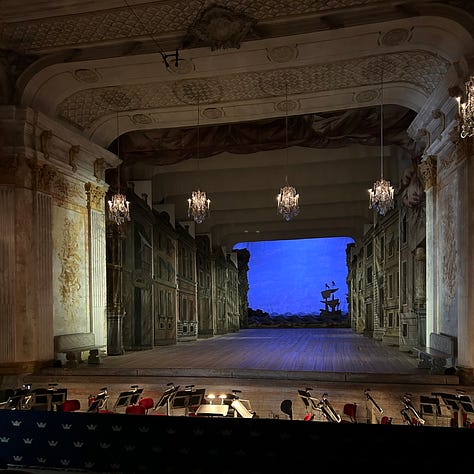
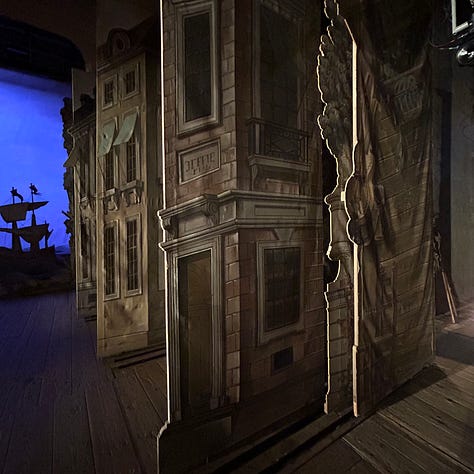
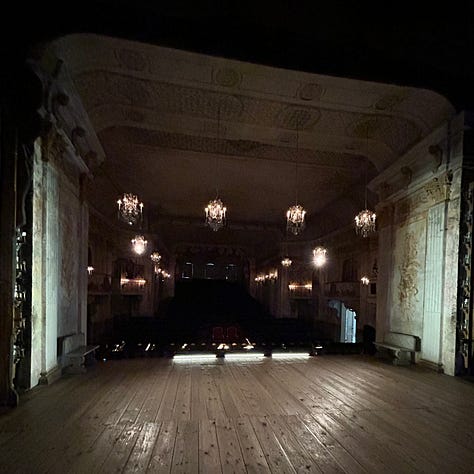
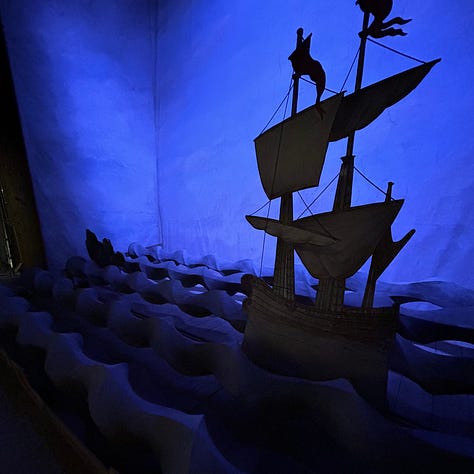
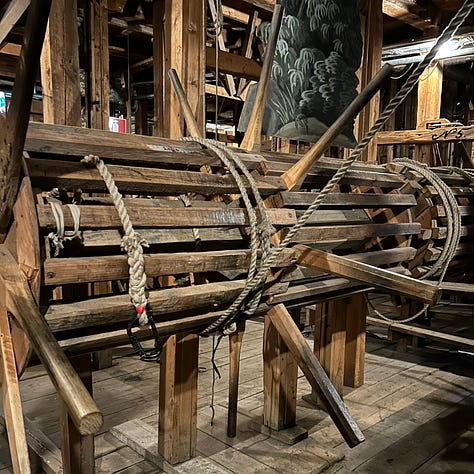
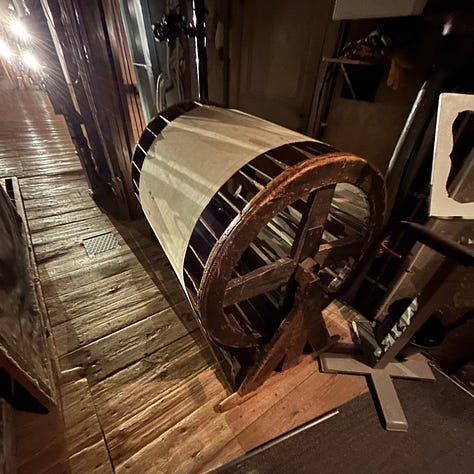
The palace itself was closed for celebrations of the 50th anniversary of King Carl XVI Gustaf’s coronation, but I stayed for an afternoon concert of songs recently rediscovered by Anna Paradiso and Dan Laurin in an old copy of Musikaliskt Tidsfördrif, a music book published by Olof Åhlström several times a year between 1789 and 1834. Much of the music was written by female composers and it was aimed at the middle-class market, to be performed at home salons, often by female amateurs. There was some very pretty music by Elisabeth Olin, Mathilda Gyllenhaal D’Orozco and Caroline Ridderstolpe, as well as Åhlström, Christoph Gluck and Carl Stenborg, and it opened a window on a fascinating aspect of social history.
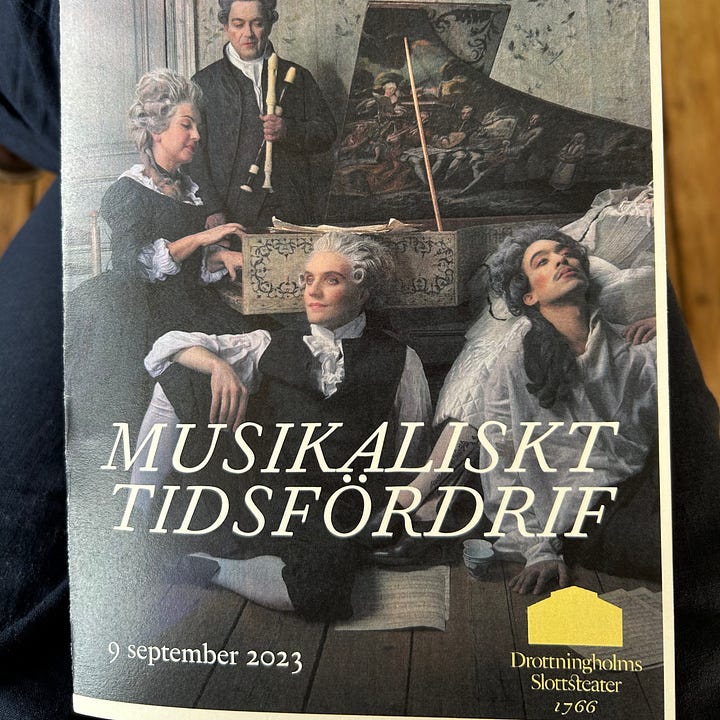
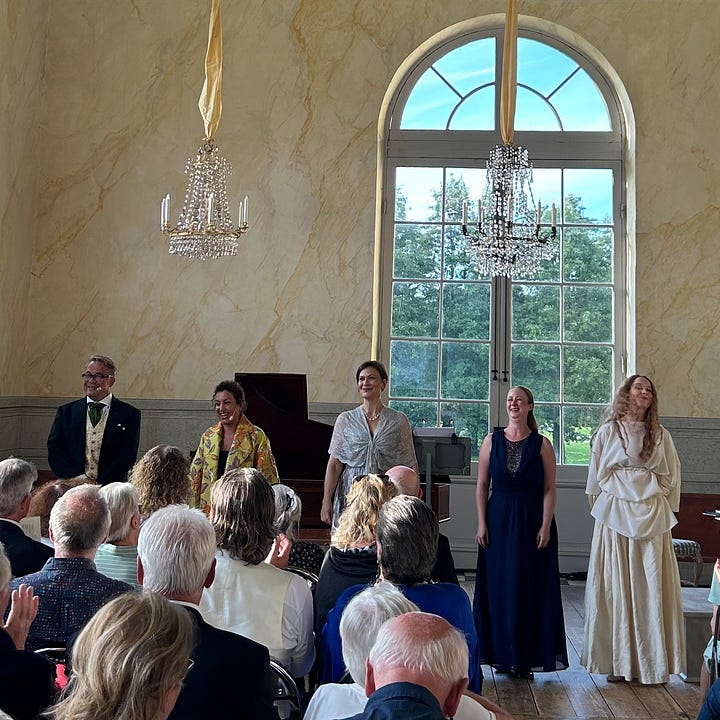
Last but not least, I visited the opera house for Massenet’s ballet Manon – a fairly disturbing plot about terrible people (it was hard to root for the heroine, even surrounded as she was by ghastly men) but the music was beautiful (which made the scenes of coercion all the more upsetting). I’m an infrequent visitor to the ballet and not a fan of old-school rigid ballet style, but Kenneth MacMillan’s choreography was elegant and human, and reminded me very much of Gene Kelly, one of my idols.
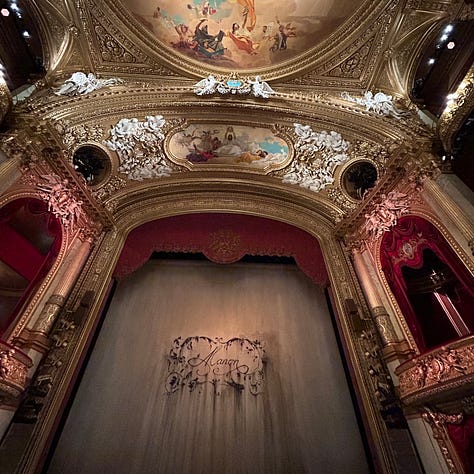
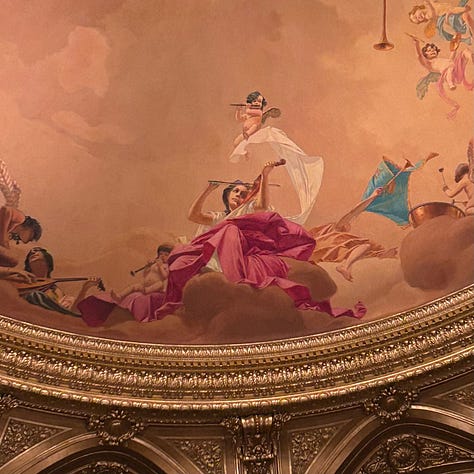
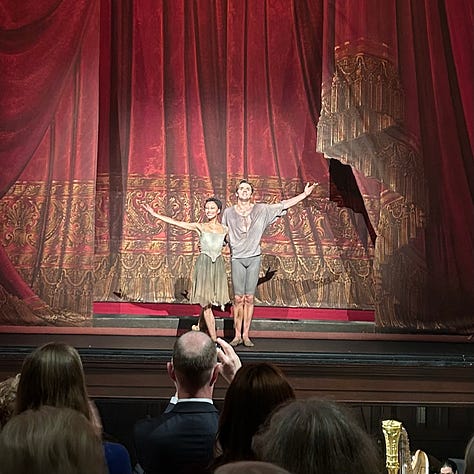




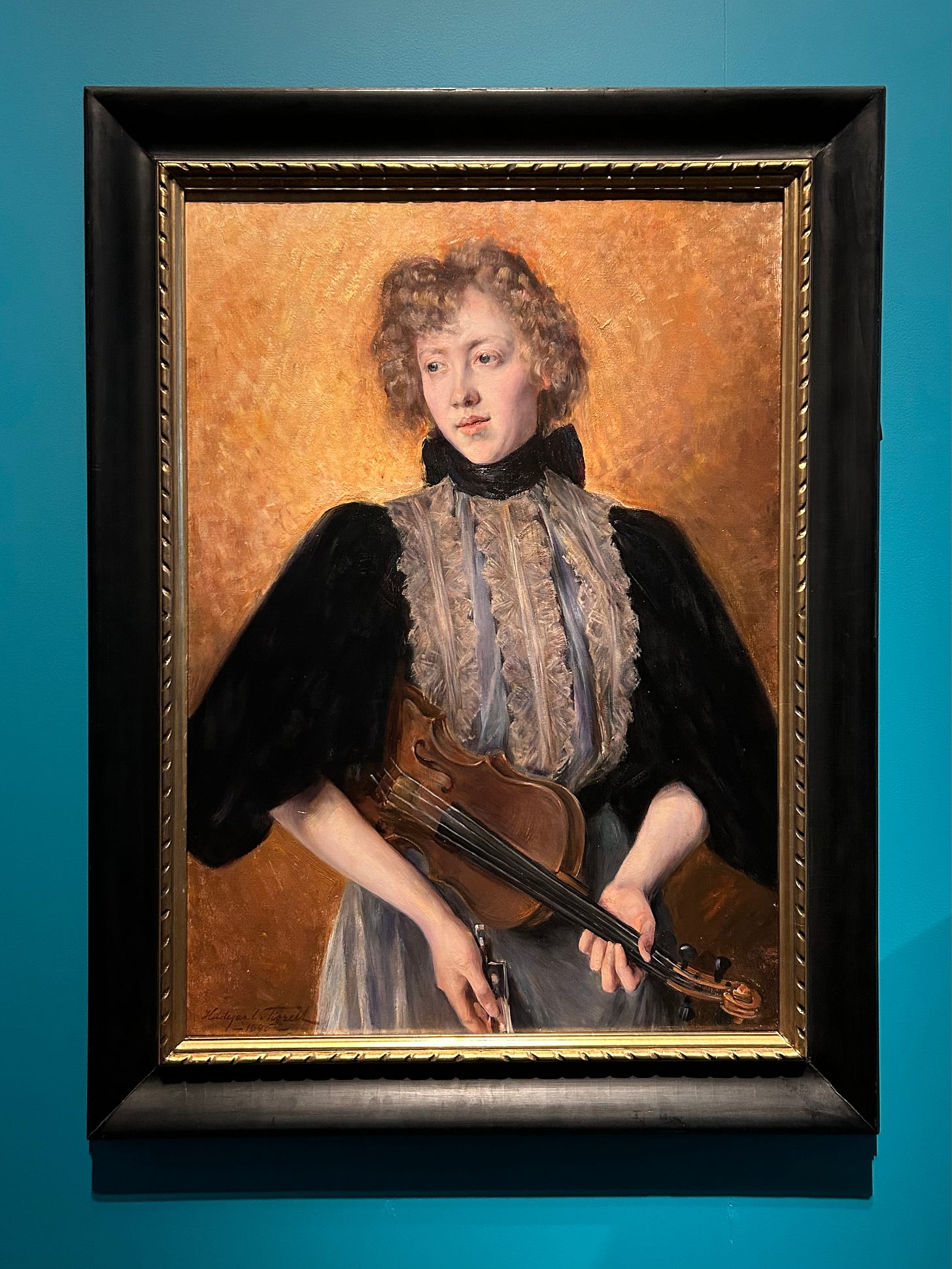
Amazing pictures.
Anyway I'm a music writer myself. Let's collaborate or subscribe to each other's newsletters.
Fascinating as always 👏